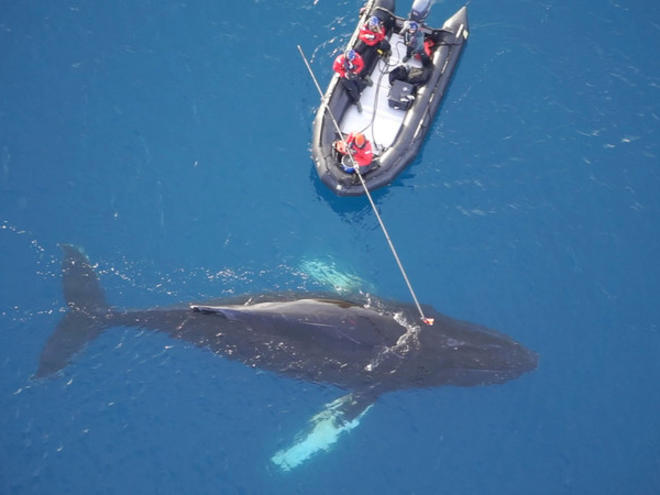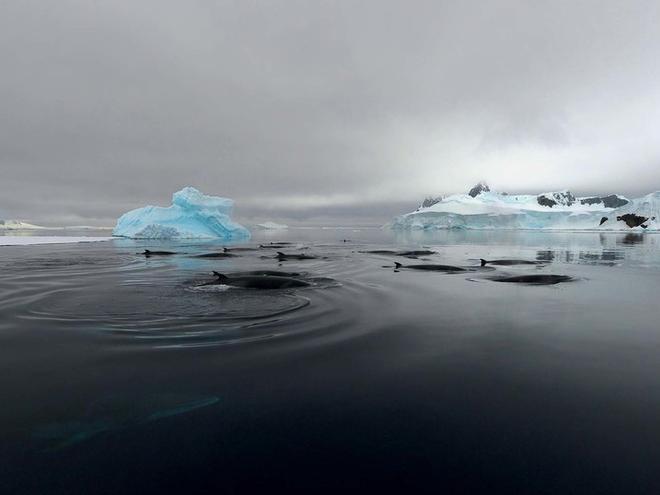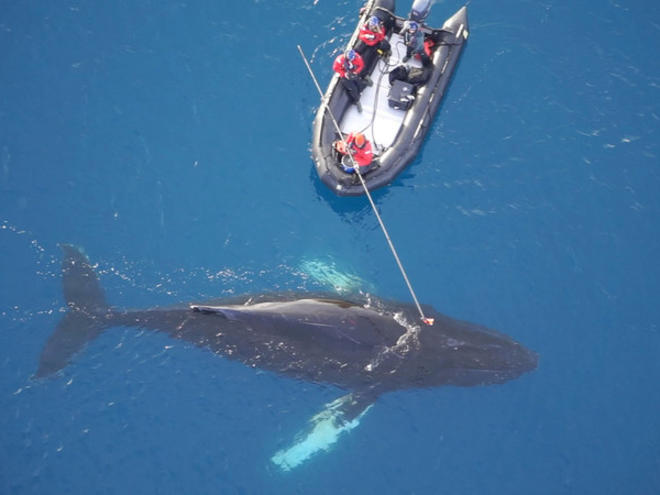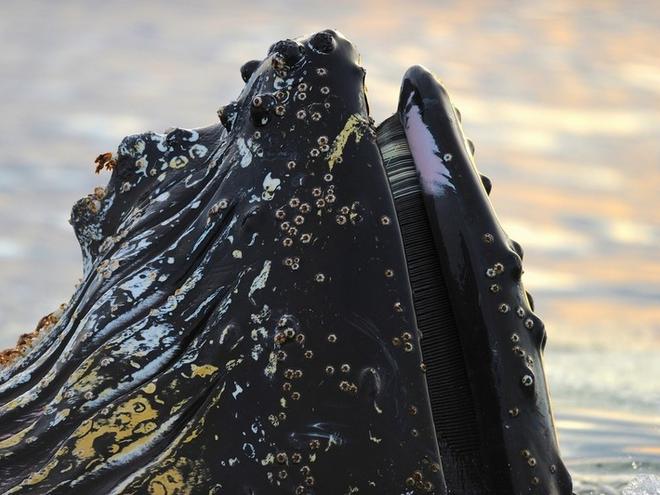A whale’s eye view of Antarctica
Published by the World Wildlife Fund


Whales are awe-inspiring and often elusive creatures. Their distribution and critical feeding areas are currently poorly understood, and as climate change and krill fishing increase, our time to learn more about these giant mammals is running out. However, with the help of Dr. Ari Friedlaender, a whale ecologist and National Geographic Explorer, WWF is using whale tagging to discover a wealth of new information.
Suction cups
Researchers are using suction cups to attach non-invasive digital tags onto humpback and minke whales in Antarctica. These tags contain both sensors and a ‘whale cam,’ which take us on a day in the life of a whale. They remain on the whales for 24 to 48 hours before being taken off and reused.
Tag technology
Most of the world’s largest whale species are found in the Antarctic. Whale tags have allowed scientists to discover where, when and how they are feeding in the Antarctic Peninsula, to learn about their social lives, and to gain information on the impact of shrinking ice caused by warming sea temperatures. With this information, we can make recommendations for where to create Marine Protected Areas (MPAs) and promote education to encourage the conservation and protection of whales in Antarctica.
Filter feeders
Both humpback and minke whales are baleen whales, meaning they have special bristle-like structures in their mouths (called baleen) that strain food from the water. Baleen whales rely on krill and other small crustaceans as their staple source of food. The population of Antarctic krill is large, but both fishing and climate change are affecting krill populations. The Antarctic Peninsula is one of the fastest warming areas on the planet, and sea ice levels are hitting record lows, putting severe pressure on krill.
Conservation wins
Through projects like these we can continue to learn vital information about species around the world. Implementing effective conservation solutions like Marine Protected Areas can help protect future generations of whales and reduce threats to these incredible mammals.
Read the full article at: http://feedproxy.google.com/~r/WWFStories/~3/YDi1duTQD9g/a-whale-s-eye-view-of-antarctica



